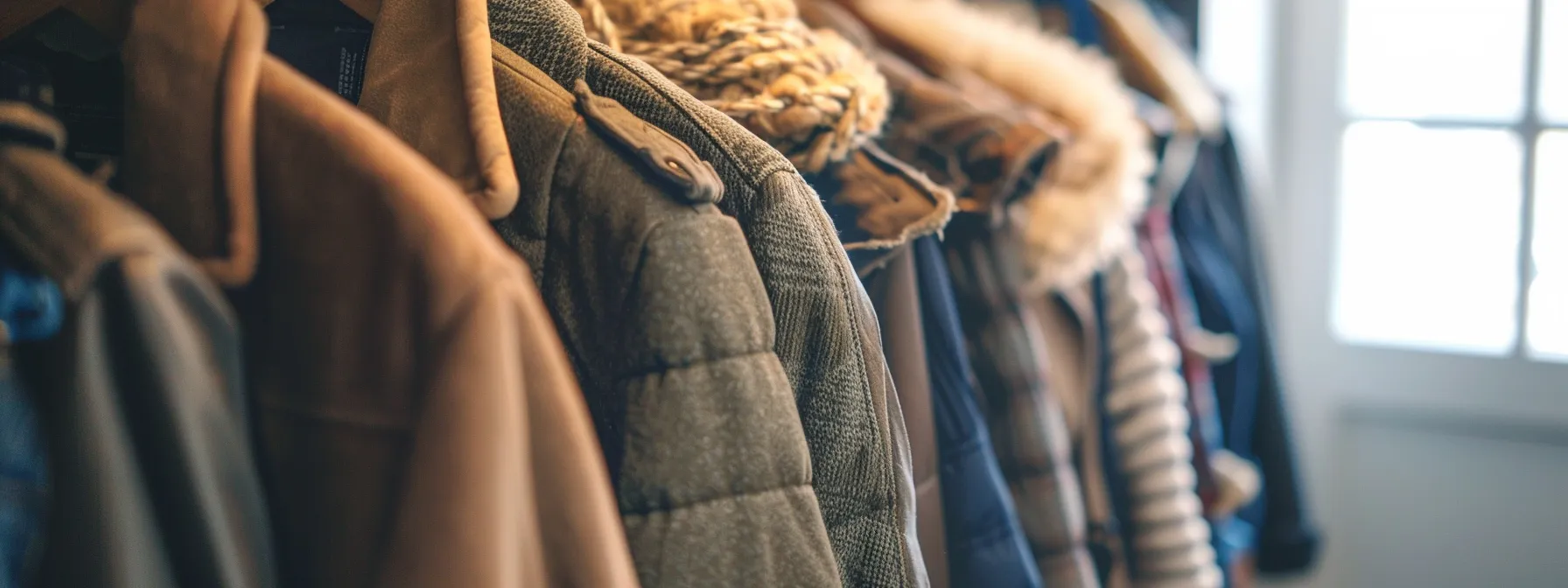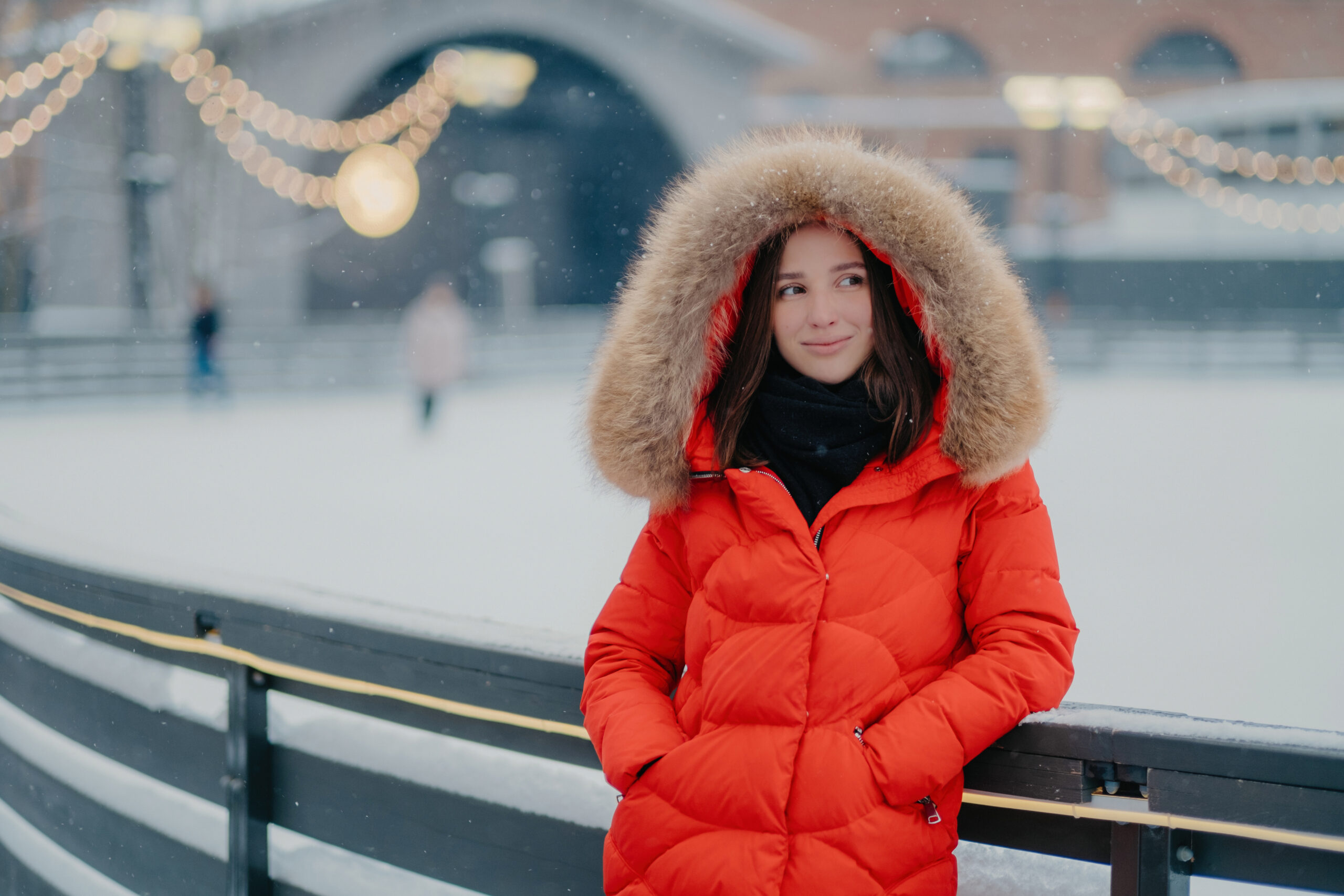The Ultimate Guide To Choosing the Perfect Winter Coat
When the temperature plunges, a trusty winter coat is your first line of defense against the cold. Selecting the perfect winter coat involves much more than just picking a color you like; it’s about warmth, style, and durability. Whether you’re braving blizzard-level snowstorms or simply need something cozy for chilly mornings, the right coat can make all the difference. In this article, we’ll explore the essential factors to consider so you can find the ideal coat to keep you warm all winter long.
Navigating the Market: Smart Shopping Strategies for Winter Coat Purchases

Smart shopping is crucial when investing in a high-quality winter coat. Begin by researching; reading reviews, and comparing prices to ensure you get the best value for your money. Be wary of discounts that seem too good to be true, as they might indicate lower-quality materials.
Timing your purchase can also result in significant savings. Prices for winter coats often drop toward the end of the season as stores clear out inventory for spring merchandise. However, you may face a smaller selection. Shopping just before winter may offer a better variety but at a premium price.
It’s also advisable to shop in person when possible. Trying on different styles and sizes ensures you select a coat that fits comfortably, especially when layering. Pay attention to the coat’s ease of movement—the ability to reach and stretch without pulling at the seams is essential for a proper fit.
When ready to invest, remember that certain timeless styles and quality materials can transcend trends. A well-made coat could last you for years, providing warmth and the satisfaction of a wise purchase. And when you’re ready to browse, don’t forget you can shop for coats and jackets that blend style and function.
Deciding Between Functionality and Fashion: Finding the Right Balance

While functionality should never be compromised when choosing a winter coat, you don’t have to sacrifice fashion. Many brands now offer coats that combine high-performance materials with on-trend designs. The key is to look for a coat that fits well, flatters your shape, and goes with most of your wardrobe.
Color plays a vital role in this balance. Neutral shades like black, navy, and grey are versatile and can be dressed up or down. However, a coat in a bright color or with unique patterns can act as a statement piece during the bleak winter months. Additionally, look for details such as a cinched waist or distinctive buttons that enhance the coat’s appearance without compromising its function.
When compromising, remember the context in which you’ll wear your coat. If you spend a lot of time outdoors, opt for a jacket with waterproof and windproof capabilities. In contrast, you may prioritize a lighter, more fashionable coat when transitioning from heated indoor environments to cars.
One way to balance functionality and fashion is to invest in a coat that can be layered effectively. A versatile coat with the right base and mid-layers can easily transition from practical day wear to chic evening attire. By considering layering, you open up more possibilities for your wardrobe—no matter the weather.
Assessing the Importance of Material and Insulation for Your Winter Coat
The material of your winter coat is its first and most crucial layer of defense. Synthetic fibers, such as nylon and polyester, are prized for their water resistance and durability. On the other hand, natural materials like wool and silk offer exceptional warmth and breathability, even when wet. However, they may require more care to maintain their insulating properties.
In addition to the outer material, the type of insulation dramatically influences the coat’s ability to retain heat. Down, which consists of feathers from ducks or geese, provides a high warmth-to-weight ratio, but synthetic fills have made significant advancements, offering warmth even when damp, and are usually easier to wash.
Understanding the different insulating materials can also impact your comfort in varying humidity levels. While down excels in dry cold, synthetic insulation can be more effective in wetter climates. Carefully consider where you’ll use your coat most when deciding on the insulation type.
An essential element to remember is the fill power of down, which directly correlates to its insulating abilities. The higher the fill power, the better the down will insulate, allowing for lighter and less bulky coats. For synthetics, look for technical information indicating its equivalent insulating capacity.
Altogether, selecting the perfect winter coat requires carefully evaluating materials, insulation, and functionality to ensure warmth and durability. By prioritizing quality and balancing fashion with practicality, you can find a coat that meets your needs for many winters.

